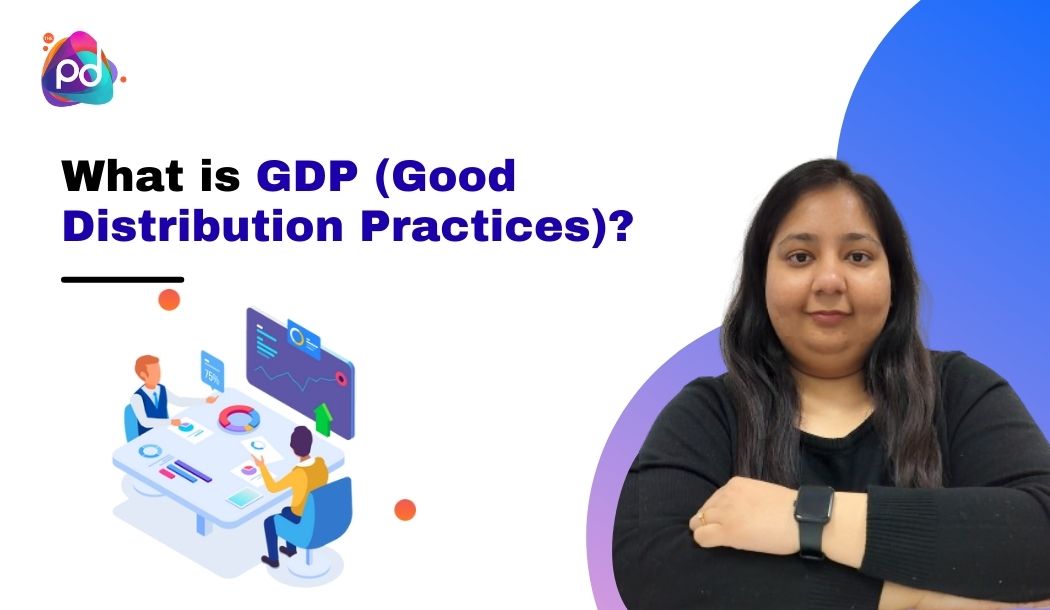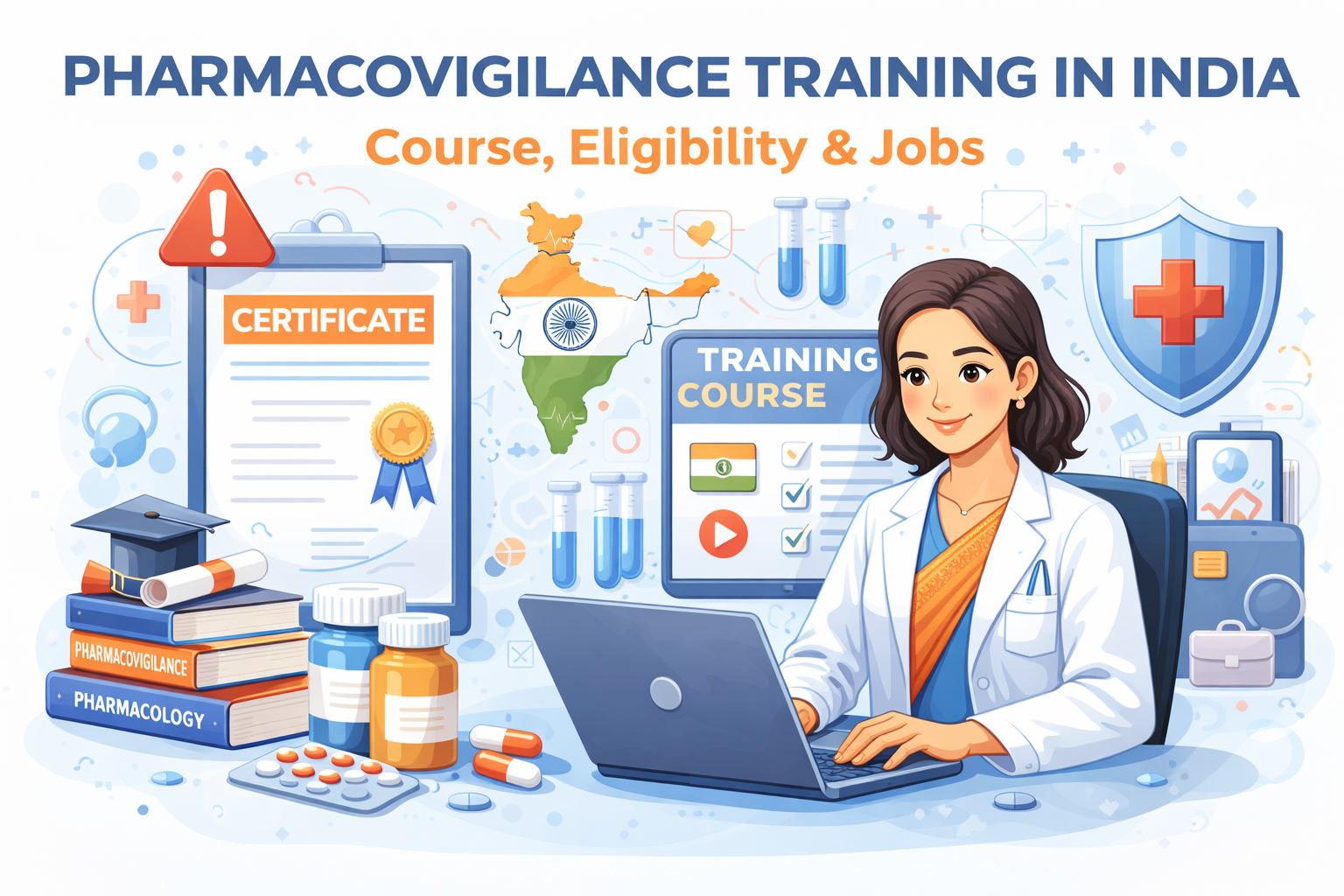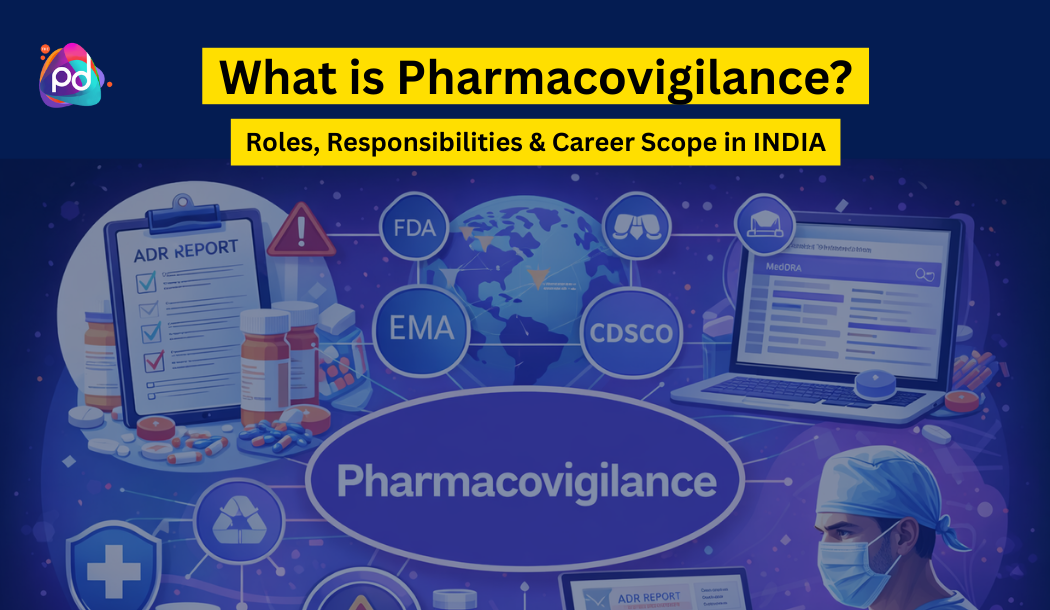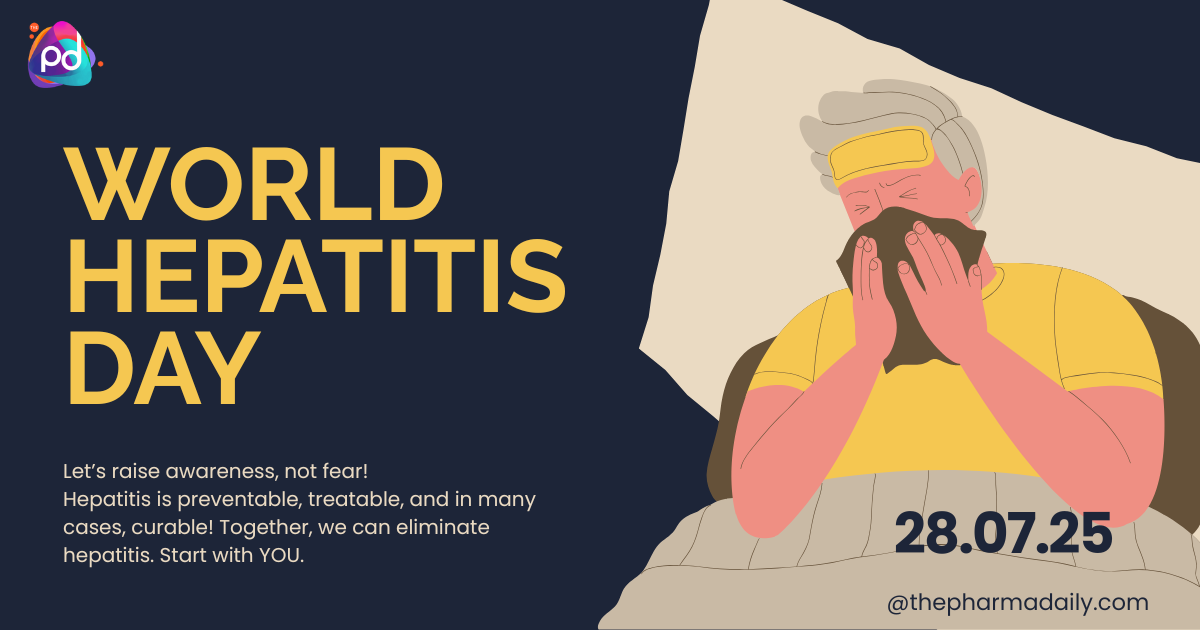
What is GDP?: Good Distribution Practices in the Pharmaceutical Industry
Introduction
In the complex world of pharmaceuticals, ensuring the quality and safety of medicinal products throughout their lifecycle is paramount. This is where Good Distribution Practices (GDP) come into play, serving as a crucial link in the safe supply chain management of pharmaceutical products. This blog explores the concept of GDP, its significance, key components, and the impact it has on the pharmaceutical industry.
What is Good Distribution Practices (GDP)?
Good Distribution Practices (GDP) are guidelines that aim to ensure the proper distribution of pharmaceutical products from the manufacturer to the end user. These guidelines are designed to minimize the risks involved in the distribution process such as contamination, mix-ups, and damage, thus maintaining the quality and integrity of medicines.
The principles of GDP apply to all parties involved in the supply chain, including manufacturers, wholesalers, distributors, logistics providers, and any entity that handles pharmaceutical products during their journey to the patient.
Key Components of GDP
-
Quality Management: GDP requires a comprehensive quality management system to be in place. This system should cover all aspects of the distribution process, ensuring that quality is maintained at every step.
-
Personnel: All personnel involved in the distribution of pharmaceuticals must be adequately trained to handle medicines safely and securely. This includes regular training and assessments to ensure compliance with GDP guidelines.
-
Premises and Equipment: Storage facilities must be suitable for preserving the integrity of pharmaceutical products. They should provide adequate space, security, and environmental conditions that adhere to the product specifications.
-
Documentation: Documentation is a critical component of GDP. All distribution processes must be clearly documented to trace the movement and handling of all pharmaceutical products. This documentation helps in the accountability and traceability of the products.
-
Operations: Standard operating procedures (SOPs) must be established for all critical processes. These include procedures for handling, storage, transportation, and security of pharmaceutical products.
-
Complaints, Returns, Suspected Falsified Medicinal Products and Recalls: There should be effective systems in place to handle complaints and returns. Additionally, procedures must be established to deal with suspected counterfeit medicines and to facilitate swift and effective recalls.
Importance of GDP
Implementing GDP is not only a regulatory requirement but also a critical component of pharmaceutical quality assurance. By adhering to GDP guidelines, companies ensure:
- Product Integrity: Maintaining the quality and integrity of medicines throughout their distribution.
- Patient Safety: Ensuring that patients receive medicines that are safe, effective, and of high quality.
- Regulatory Compliance: Meeting the legal requirements set by health authorities, which helps in maintaining the trust and credibility of the pharmaceutical supply chain.
Challenges in Implementing GDP
While GDP guidelines provide a framework for safe distribution, implementing these practices poses several challenges:
- Complex Supply Chains: The global nature of pharmaceutical supply chains adds complexity to maintaining consistent GDP compliance across different jurisdictions.
- Technological Integration: Implementing advanced technologies for tracking and monitoring products can be costly and requires significant expertise.
- Adapting to New Regulations: Regulatory environments are continually evolving, and companies must stay updated and compliant with new changes.
Conclusion
Good Distribution Practices are essential for maintaining the quality and safety of pharmaceutical products throughout the supply chain. By adhering to these guidelines, the pharmaceutical industry can ensure that medicinal products distributed to consumers maintain their efficacy, safety, and quality from start to finish. As the industry continues to evolve, staying informed and compliant with GDP remains a top priority for all stakeholders in the pharmaceutical supply chain.
This overview of GDP highlights its importance in safeguarding public health by ensuring that every link in the pharmaceutical distribution chain contributes to the delivery of safe and effective medicines. By understanding and implementing these practices, the industry not only complies with legal requirements but also builds trust with healthcare providers and patients alike.
Checkout our Latest Podcast Details:
🎓 Dive into the world of pharmaceutical compliance with our latest video: "What is the meaning of GxP? | Podcast on GxP & Quality with Mr. Harsh Thakkar, CEO of Qualtivate |". 🚀 Join us as we explore critical quality assurance standards with an industry expert!
🔬 "What is the meaning of GxP? | Podcast on GxP & Quality with Mr. Harsh Thakkar, CEO of Qualtivate |" uncovers the essentials of Good Laboratory Practice (GLP), Good Clinical Practice (GCP), and Good Manufacturing Practice (GMP). This podcast is perfect for pharmacy students, professionals, and anyone interested in pharmaceutical quality control. 🌟
👥 Featuring Mr. Harsh Thakkar, a leading voice in pharmaceutical quality and compliance, this video is a must-watch! Whether you're gearing up for placements or just curious about the industry's best practices, "What is the meaning of GxP? | Podcast on GxP & Quality with Mr. Harsh Thakkar, CEO of Qualtivate |" offers invaluable insights.
📈 Don't forget to LIKE, SUBSCRIBE, and SHARE "What is the meaning of GxP? | Podcast on GxP & Quality with Mr. Harsh Thakkar, CEO of Qualtivate |" to keep up with all things pharmacy and quality assurance! 🔗
Podcast Link:
https://www.youtube.com/watch?v=rLQkD79Wx3I&t=41s






